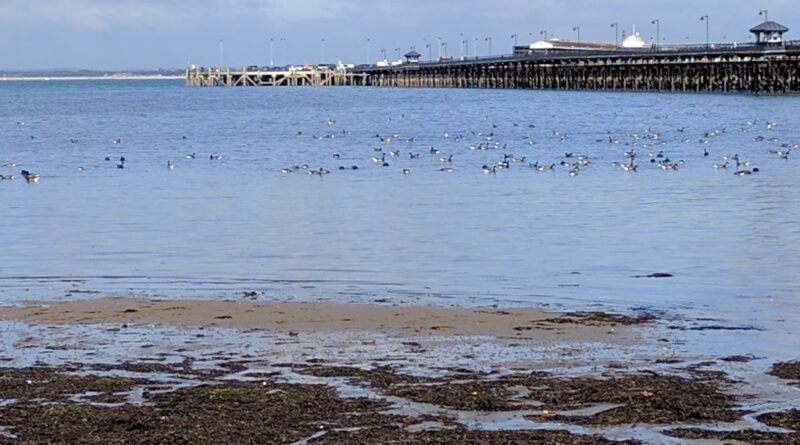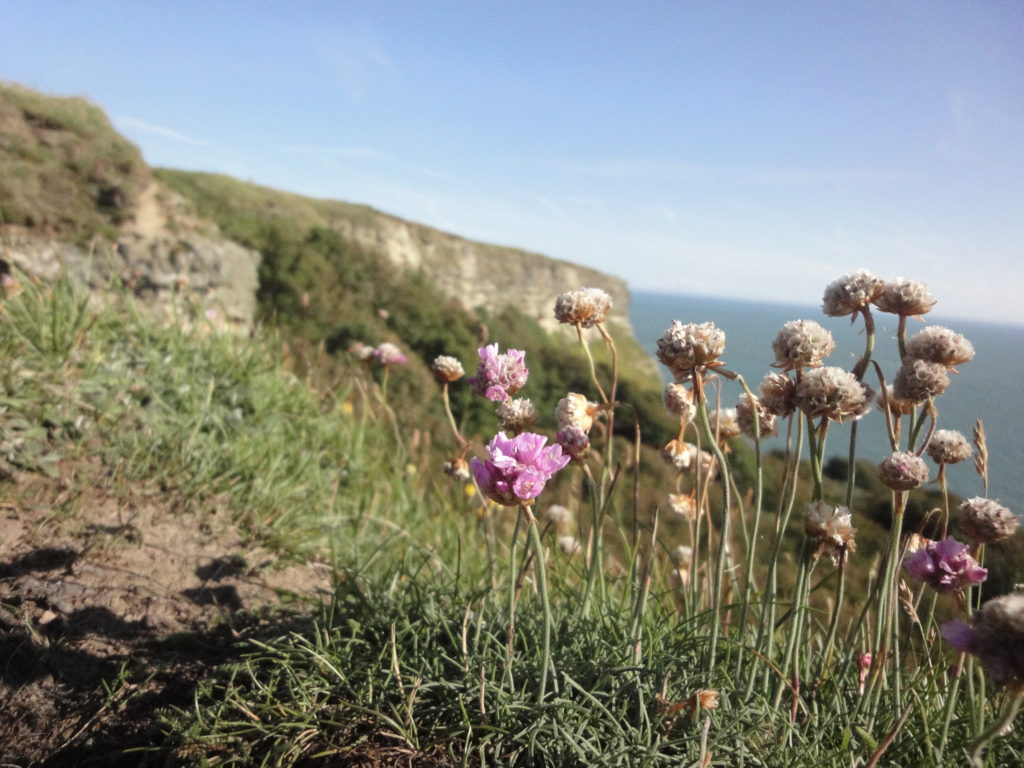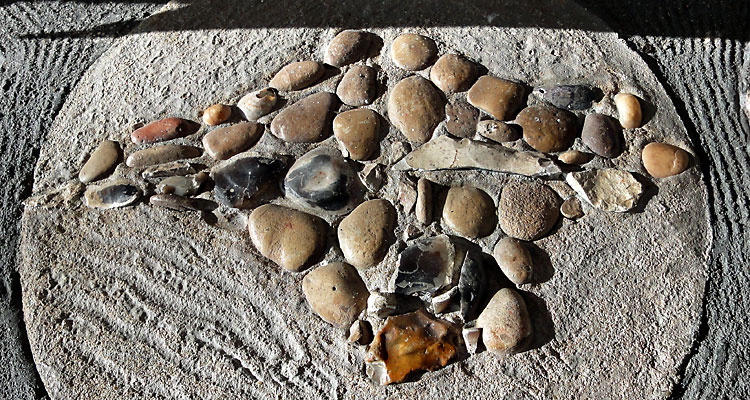Goose Island
- Complaining about the Mainland - 17th August, 2024
- New island designation – is it just greenwash? - 26th April, 2024
- Police and Crime Commissioners – a solution or a problem? - 21st April, 2024
Yesterday I was hurrying up Ryde Pier towards the ferry. My usual dash for the ticket office came to a halt as I stopped, half-way between the wet end and the dry end, to celebrate the return to the Solent of the brent geese. As geese can live for thirty years or more I like to think that I’m welcoming back old friends, whose annual long migration flight south from Siberia is testament to their continued affection for the Isle of Wight.
https://youtu.be/7zvHfQ9oX18
The brent geese are little, chubby geese, not that much bigger than ordinary ducks. Every year the arrival of autumn is charmingly announced by these flocks of quacking, honking tourists; filling up our beaches and bobbing about in the sea, just as their human counterparts do in summer.
Brent geese – after which the famous Brent oilfield was named – used to get eaten quite regularly, and for an unusual reason. In mediaeval times they had a particular importance for devout Catholics, because brent and barnacle geese (at that time thought to be the same species) have the curious myth attached to them that they come from actual barnacles, and don’t hatch from goose eggs at all. This meant that, for religious purposes, brent and barnacle geese were classified as fish, and could safely be eaten on a Friday! Luckily for the geese, that belief was dismissed when people worked out that these geese actually bred like normal birds, but they did it in lands so far away that nobody saw them doing it.
The hubbub of goose-chatter is a characteristic murmur that fills the air in many parts of the northern coast of the Island at this time of year, and if you are able to get nearer to their flocks – for example by walking up Ryde pier – you can easily hear and see them for yourself.
This is an opportunity that you shouldn’t miss, because not many other people will get this chance. Although it’s hard to believe it when the sky darkens with the ragged skeins of dark geese flying in to land on the shoreline, there are not many brent geese around. Across the UK there are about 100,000 every winter. The Solent as a whole is thought to play host to about 10% of the world population of dark-bellied brent geese and about 30% of the UK population.
The geese like it here on the Solent because of the muddy shores and big tidal range that, twice a day, draws back and reveals the sea-grass beds for the hungry geese to peck at. It’s perhaps no coincidence that these are areas that we humans – and our doggy companions – don’t really go to very often. We can enjoy watching the geese from the shore, and as they fly overhead, but they don’t tend to get in our way. Humans and brent geese have coexisted on the Solent for thousands of years. I hope they keep coming for their winter holidays for many years to come.
This article was first published in the Isle of Wight County Press in October 2019.



